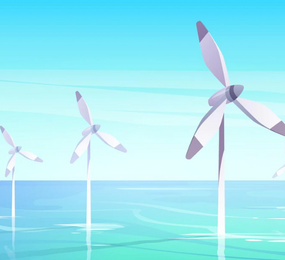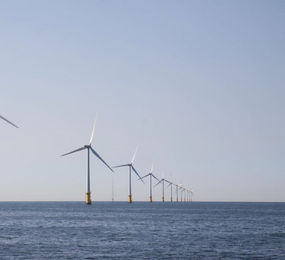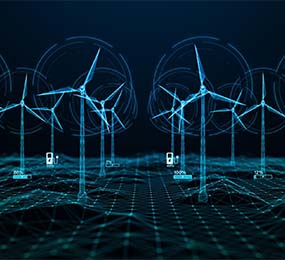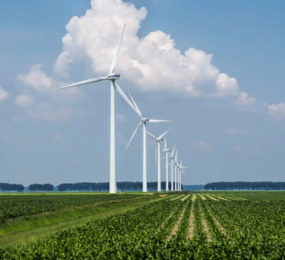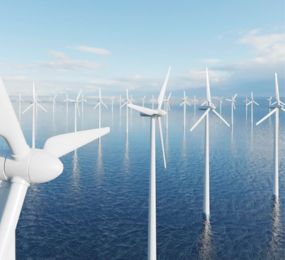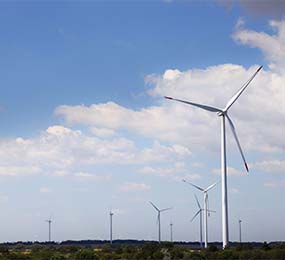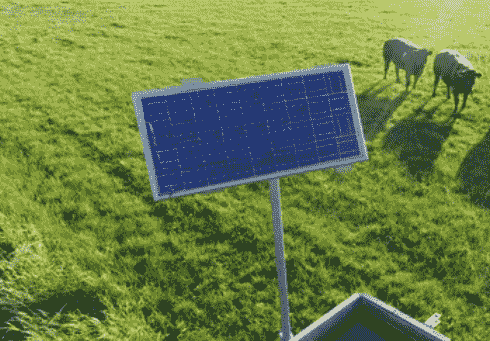Wind energy is a cornerstone of a sustainable future, but its variable nature poses challenges for grid integration and efficient operations. Accurate wind resource forecasting is crucial for addressing these challenges and maximizing the potential of wind farms. Traditional forecasting methods often fall short, but the advent of machine learning has opened new doors to improved prediction capabilities.
The Power of Machine Learning in Wind Forecasting
Machine learning algorithms excel at analyzing complex datasets and identifying patterns that human analysts might miss. When applied to wind resource data, these algorithms can:
- Improve accuracy: Machine learning models can process vast amounts of data, including historical wind speeds, weather patterns, and geographical factors, to generate more accurate and reliable forecasts.
- Enhance spatial resolution: These models can provide more precise predictions for specific locations within a wind farm, enabling operators to optimize turbine placement and maximize energy capture.
- Account for complex interactions: Machine learning can capture the intricate relationships between various factors influencing wind patterns, such as atmospheric pressure, temperature, and humidity.
- Adapt to changing conditions: Machine learning models can continuously learn and adapt to new data, ensuring that forecasts remain accurate even as conditions evolve.
Key Applications of Machine Learning in Wind Forecasting
- Short-term forecasting: Accurate short-term forecasts are essential for grid management and balancing energy supply and demand. Machine learning models can provide highly accurate predictions for the next few hours or days.
- Long-term forecasting: Long-term forecasts are valuable for planning maintenance, investments, and grid expansion. Machine learning can provide more reliable long-term predictions than traditional methods.
- Site selection: Machine learning can help identify optimal locations for new wind farms by analyzing historical wind data and other relevant factors.
The Benefits of Improved Forecasting
Accurate wind resource forecasting offers numerous benefits:
- Increased energy production: By optimizing turbine operations based on accurate forecasts, wind farm operators can maximize energy output.
- Enhanced grid stability: Accurate forecasts enable grid operators to better balance supply and demand, reducing the risk of power outages and ensuring a stable energy grid.
- Reduced operational costs: Improved forecasting can lead to more efficient maintenance scheduling, reduced downtime, and optimized energy trading.
- Improved market participation: Accurate forecasts can help wind farm operators participate more effectively in energy markets, securing favorable contracts and maximizing revenue.
The Future of Wind Energy Forecasting
As machine learning continues to evolve, we can expect even more accurate and sophisticated wind resource forecasting. By harnessing the power of data analytics, the wind energy industry can unlock its full potential and contribute to a cleaner and more sustainable future.
To register or learn more about the Forum please check here: https://bit.ly/3K0rUIz
For more information and group participation, contact us: [email protected]


